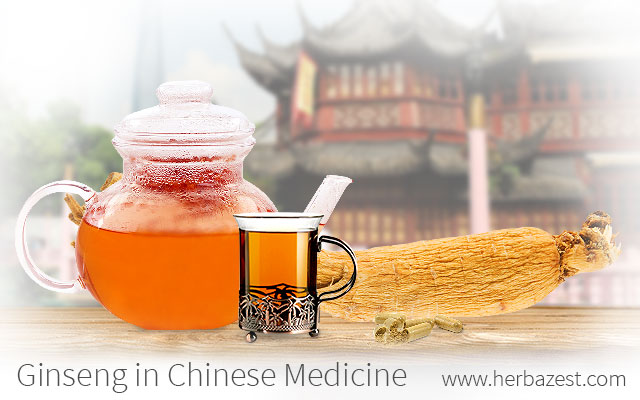Highly praised as one of the most popular and widely used medicinal herbs in the world, the applications of ginseng in Chinese medicine has expanded in the thousands of years since its discovery, however most of its uses remains the same as in ancient China.
History of Ginseng as a Medicinal Herb in China
Around 7,000 years ago, Panax ginseng was discovered in the Manchurian Mountains of northeast China. Nearly 3,000 years later, the Divine Peasant Shennong, otherwise known as Emperor Yan, classified ginseng as a medicinal herb. After Shennong graded it as a superior herb, the medicinal use of ginseng in China grew rapidly.
DUE TO ITS HUMAN-LIKE SHAPE - WITH GNARLED YELLOW ROOTS AND SHOOTS RESEMBLING ARMS AND LEGS - GINSENG WAS BELIEVED TO EMBODY THE MIND, BODY, AND SPIRIT.
Traditional Uses of Ginseng in China
Ginseng was considered the king of herbs in ancient China and was used to treat all aspects of human health, mainly pathological conditions such as Chronic Fatigue Syndrome (CFS) and anorexia, as well as illnesses like shortness of breath, tremors, insomnia, impotence, hemorrhage, and diabetes. One of the most famous recipes with dried ginseng in Chinese medicine is called Si Junzi Tang, or The Four Gentlemen Decoction, which is believed to improve the function of the spleen and increase energy.
AS A FOLK MEDICINE, GINSENG HAS BEEN TRADITIONALLY BLENDED WITH OTHER HERBS AND CAN BE FOUND IN 23 ANCIENT CHINESE FORMULAS.
Even thousands of years ago, a variety of consumption methods were practiced in China using ginseng as medicine. People would grind up the ginseng root into a powder, take ginseng capsules, or brewed ginseng into tea. Many of these traditional preparations were passed along and are still widely popular today.
Ginseng Medicine Nowadays
The popularity of many original ginseng medicines have not fade away a bit over time, especially the ones focused on increasing energy, treating impotence, and managing diabetes, while other ginseng medicinal preparations still in use are intended to lower blood pressure, stimulating immunity, and relieving menopause symptoms.
GINSENG IS STILL HEAVILY USED WORLDWIDE AS A CURATIVE AND PREVENTATIVE HERB.
Today ginseng is cultivated in North America (Panax quinquefolius) and Asia (Panax ginseng), and ginseng medicine can be easily made at home or purchased in herbal shops, retail stores, or online in the form of capsules, tablets, powder, teas, tinctures, creams, and more.
Research has played an instrumental role in the development of ginseng medicine over the years. Scientific studies have identified ginsenosides as the key constituents in ginseng that are believed to be responsible for the herb's antioxidant, anti-inflammatory, and immunostimulant properties.
While further research is needed in order to reveal the full potential of ginseng medicine, certain benefits, such as increased physical performance, enhanced memory, and overall improved quality of life have successfully passed the test of time, and are popular reasons for ginseng consumption.
Sources
- HortTechnology, Asian and American Ginseng – A Review, 1995
- Institute for Traditional Medicine, Understanding QI: The Four Gentlemen Decoction, 2010
- Internet Journal of the Institute for Traditional Medicine and Preventative Health Care, The Nature of Ginseng: From Traditional Use to Modern Research, 2002
- Kew Royal Botanic Gardens, Panax quinquefolius (American ginseng)
- Phytotherapy Research, A comparison of the ancient use of ginseng in traditional Chinese medicine with modern pharmacological experiments and clinical trials, 2008




